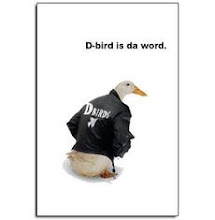Courtesy of Pimp My Library, a link to a photoessay on Slate about the future of public libraries. It asks:
What sort of public library does the "digital world" of Google, Wikipedia, and Kindle* require?
The photoessay shows some modern and older library spaces, all with a monumental grandeur but with varying futures.
Alongside the final slide, it says:
Ross Dawson, a business consultant who tracks different customs, devices, and institutions on what he calls an Extinction Timeline, predicts that libraries will disappear in 2019. He's probably right as far as the function of the library as a civic monument, or as a public repository for books, is concerned. On the other hand, in its mutating role as urban hangout, meeting place, and arbiter of information, the public library seems far from spent. This has less to do with the digital world—or the digital word—than with the age-old need for human contact.
And so, in the context of school libraries and teacher librarians, what can we do, should we be thinking about and doing, to make our libraries remain current, relevant, answering the needs of our clientele?
*Kindle note: you can't buy a Kindle if you live outside the US, and even if you bought one while there, I'm not sure that you could download anything after you'd left the US, or if its wireless system would work outside the US. Maybe one day. Vague equivalents here in Oz seem to be twice as expensive, to start with (eg. Dymocks' iLiad, which retails for $899AU).
Subscribe to:
Post Comments (Atom)






















No comments:
Post a Comment